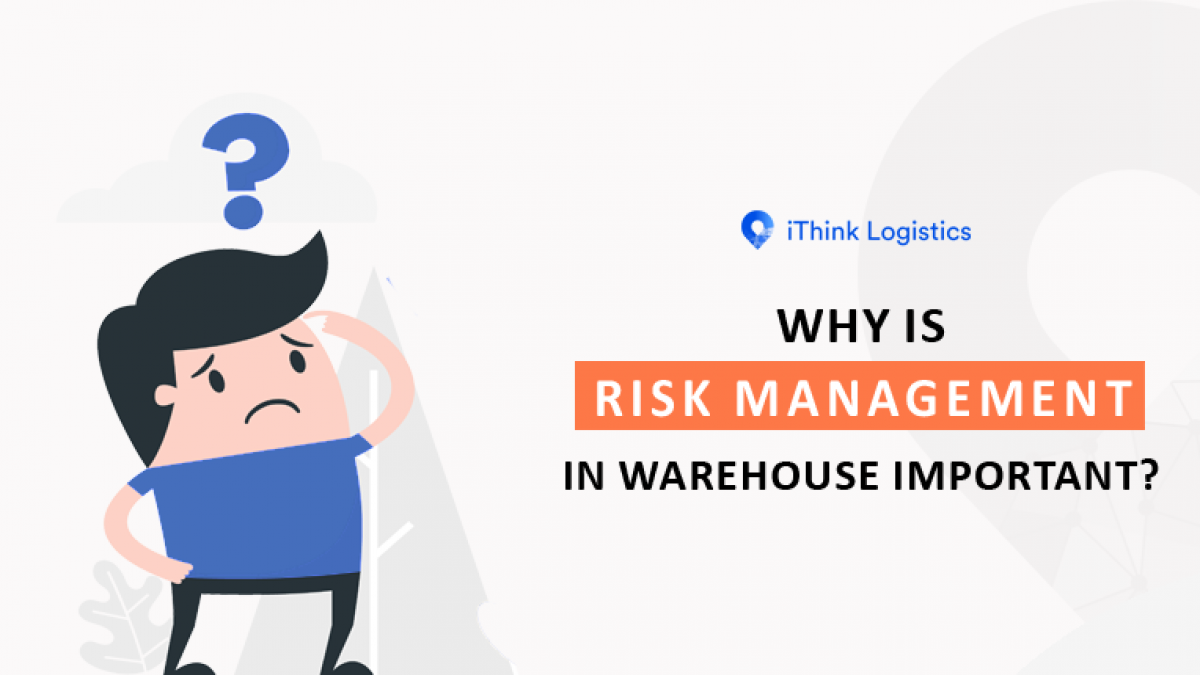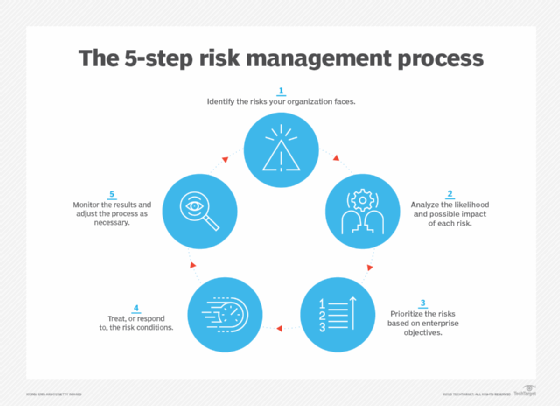How the Importance of Risk Management Drives Successful Project Outcomes
How the Importance of Risk Management Drives Successful Project Outcomes
Blog Article
Exploring the Relevance of Risk Management for Effective Decision-Making Techniques
In the detailed world of business, Risk Management becomes a vital consider the decision-making procedure. The ability to determine prospective threats and possibilities, and strategize as necessary, can mean the distinction between success and failure. With devices such as SWOT and PESTEL, companies are furnished to make enlightened options, cultivating durability and flexibility in an ever-changing atmosphere. Wondering just how this functions? Let's unbox the dynamics additionally.
Comprehending the Concept of Risk Management
Risk Management, a critical element in decision-making, is frequently misconstrued or oversimplified. Generally, it describes the identification, examination, and prioritization of risks to lessen, monitor, and regulate the possibility or impact of regrettable occasions. It's not just concerning preventing adverse end results, however additionally concerning identifying prospective possibilities. Risk Management includes structured and regimented approaches, using information and informative analyses. It needs an extensive understanding of the organization's context, objectives, and the possible risks that might obstruct them. From financial uncertainties, legal liabilities, tactical Management mistakes, to crashes and all-natural disasters, it addresses numerous dangers. Importantly, reliable Risk Management is not stationary; it's a constant, forward-looking procedure that develops with changing circumstances.
The Role of Risk Management in Decision-Making Processes
In the world of tactical planning and service procedures, Risk Management plays an essential function in decision-making processes. It assists in determining potential dangers and unpredictabilities that might influence the achievement of organization objectives. By mapping these threats, business can create strategies to alleviate their impact, making certain business connection and stability. Risk Management therefore comes to be a crucial tool in decision-making, helping leaders to make informed options based on an extensive understanding of the threats included. It urges an aggressive strategy, enabling organizations to prepare and expect for possible future situations. This dramatically reduces the probability of adverse repercussions, advertising extra efficient and reliable decision-making strategies. Risk Management serves as an important component in the decision-making processes of any company.

Just How Risk Management Improves Strategic Planning
In the context of calculated planning, Risk Management plays a pivotal role. Starting with the recognition of potential threats, it further includes the execution of Risk reduction actions. The role of Risk Management is not fixed however dynamic, as it demands consistent tracking and adjusting of methods.
Determining Prospective Risks

Applying Risk Mitigation
Risk reduction techniques can range from Risk avoidance, Risk transfer, to take the chance of decrease. Each strategy needs to be tailored to the specific Risk, considering its potential influence and the company's Risk resistance. Effective Risk reduction needs a deep understanding of the Risk landscape and the prospective influence of each Risk.
Monitoring and Readjusting Approaches
Though Risk mitigation is a vital step in strategic preparation, continuous surveillance and modification of these approaches is similarly vital. This continuous process allows companies to identify brand-new risks and reassess existing ones, guaranteeing the implemented approaches stay effective in the ever-changing organization atmosphere. It additionally supplies a chance to assess the success of the Risk Management measures, enabling adjustments to be made where needed, further improving critical preparation. Efficient surveillance and change need making use of analytics and crucial performance indications (KPIs) to measure efficiency. These devices offer useful data-driven understandings that can inform calculated decision-making. Therefore, tracking and readjusting Risk Management approaches is an important part for improving an organization's resilience and calculated preparation.
Case Researches: Successful Risk Management and Decision-Making
Worldwide of service and financing, successful Risk Management and decision-making typically function as the columns of prosperous ventures. One such entity is an international oil company that minimized financial loss by hedging against rising and fall oil prices. In an additional circumstances, a technology startup flourished by identifying and approving high-risk, high-reward techniques in an unstable market. A global bank, encountered with regulative uncertainties, successfully browsed the circumstance through aggressive Risk evaluation and dynamic decision-making. These instances highlight the value of sharp Risk Management in decision-making processes. It is not click over here now the absence of Risk, however the Management of it, that frequently distinguishes successful firms from not successful ones. These situations emphasize the essential role of Risk Management in strategic decision-making. importance of risk management.
Tools and Techniques for Efficient Risk Management
Navigating the complex maze of Risk Management needs the right collection of tools and strategies. These devices, such as Risk registers and warmth maps, help in identifying and assessing prospective risks. Strategies consist of both quantitative approaches, like level of sensitivity analysis, and qualitative approaches, such as SWOT analysis. These help in focusing on threats based upon their prospective impact and likelihood. Risk feedback methods, an essential component of Risk Management, include approving, staying clear of, transferring, or mitigating risks. Tracking and controlling threats, through routine audits and reviews, make sure that the strategies remain efficient. With these devices and strategies, decision-makers can navigate the complex landscape of Risk Management, thus facilitating informed and effective decision-making.
Future Trends in Risk Management and Decision-Making Approaches
As we discover the large landscape of Risk Management, it becomes noticeable that the devices and techniques made use view publisher site of today will proceed to develop. The concept of Risk culture, where every member of a company is aware and entailed in Risk Management, will acquire more prestige. These patterns herald a more inclusive and positive strategy towards Risk Management and decision-making.
Conclusion

Risk Management thus ends up being a crucial device in decision-making, aiding leaders to make informed choices based on a comprehensive understanding of the dangers involved. Risk reduction strategies can range from Risk evasion, Risk transfer, to take the chance of decrease (importance of risk management). Reliable Risk reduction calls for a deep understanding of the Risk landscape and the prospective effect of each Risk. Risk action approaches, a vital part of Risk Management, include approving, staying clear of, moving, or mitigating dangers. The idea of Risk culture, where every member of an organization is aware and included in Risk Management, will certainly gain extra prominence
Report this page